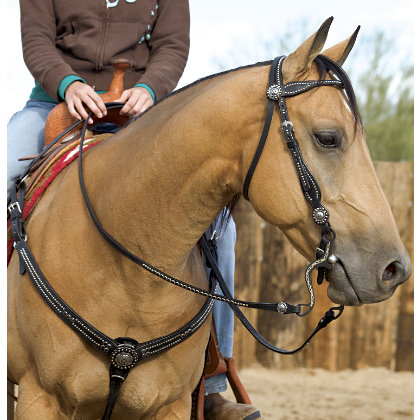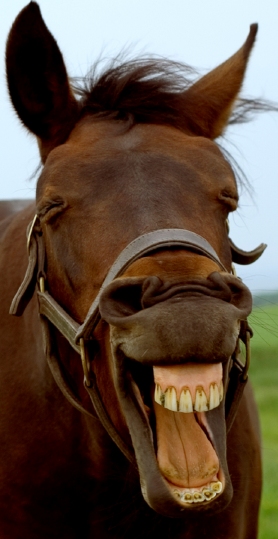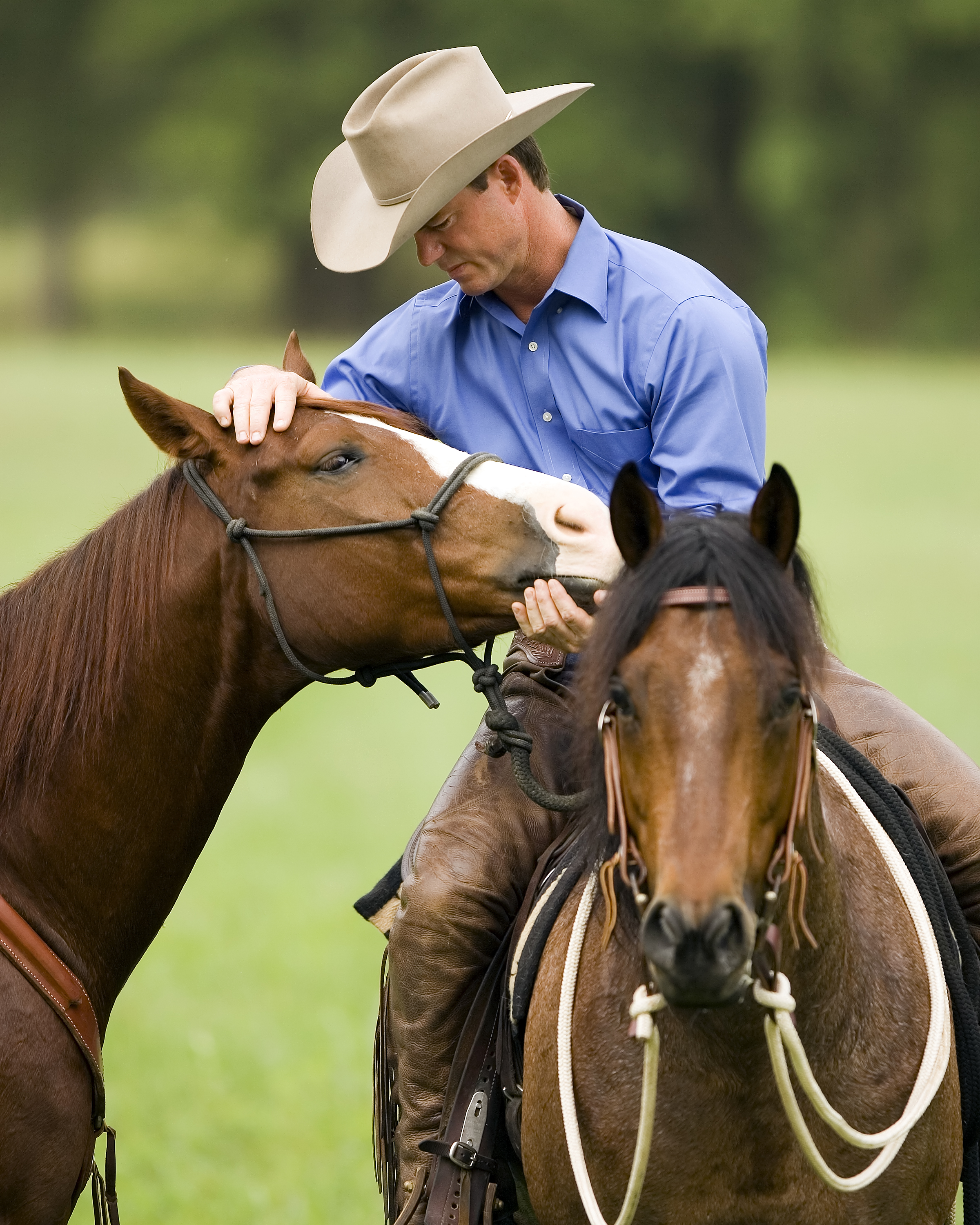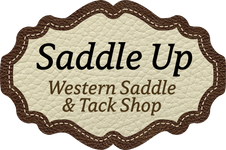Bitting Principles
Posted by Saddle Up on May 29th 2015
This week in our Bit Series we will be talking about some good bitting principles.

(photo taken from chickensmoothie.com)
Bits don't train horses; trainers and riders train horses. A bit is only a communication tool and should only be used to handle a horse, not to hurt them. A horse in pain from a bit will not be able to relax enough to do his job well, could cause serious injury to the horse's mouth as well as prevent him from trusting you as a trainer/rider/friend.
Make sure your horse's mouth is healthy by having a reliable vet or horse dentistry professional examine your horse and float their teeth if necessary. This will eliminate most pain problems. If your horse reacts to the bit after his mouth has been approved, it must be that the bit is hurting him.

(photo taken from info.orschelnfarmhome.com)
If you are new to the world of bits, make sure you take along your trainer or a well-knowledgeable friend to help you select a bit that will work best for your horse.
Be sure you have a good idea of how a horse's mouth is built and operates and what pressure points different types of bits will work on. It may take some trial and error to find a good bit match for your horse.
It is important to take into account your horse's age, training level, and mental disposition as this will factor into what bit you will need. Not all bits work the same way so it is important to learn what bit will work best with where your horse is at both physically and mentally.
Remember, horses are very sensitive and you are working with their mouth. Always go as soft and light as you can. Be sure to dedicate part of your personal training to developing quiet, subtle hands so as to prevent causing distress to the horse through the bit.

(photo taken from horsefeedblog.com)
"I heard a neigh, Oh, such a brisk and melodious neigh it was. My very heart leaped with the sound." -- Nathaniel Hawthorne
-- Saddle Up
